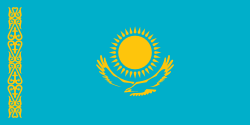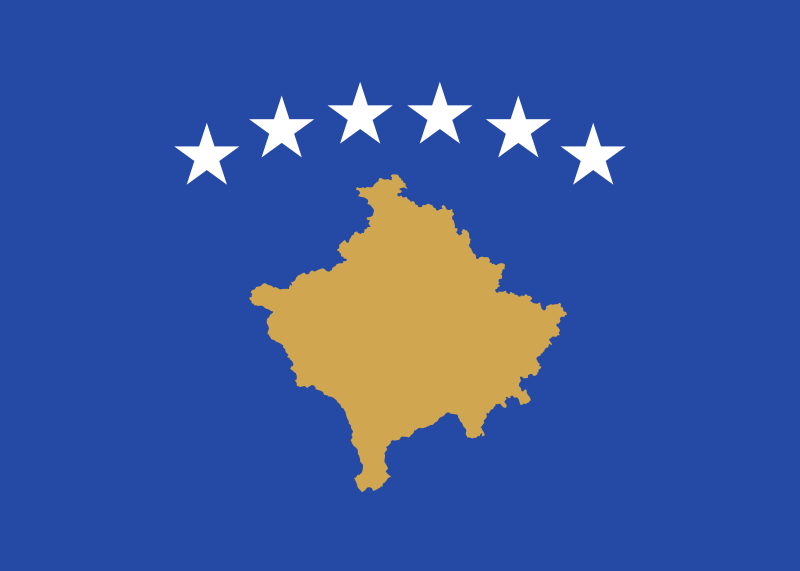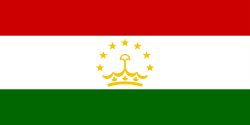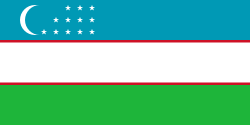General Information
Population
Immigration
Emigration
Working-age population
Unemployment rate
GDP
Refugees and IDPs
Citizenship
Territory
Migration Authorities
Responsible Body
Ministry for Immigration and Integration
Line Ministries
Ministry of Foreign Affairs
Ministry of Finance
Agencies
Statistics Denmark
National Integration Barometer
The Danish Immigration Service
The Danish Agency for International Recruitment and Integration (SIRI)
The Danish Refugee Board
The Danish Institute for Human Rights
Nordic Council
Key Policy Documents
2016 Tripartite Agreement on Labour Market Integration
2008 Danish Aliens Act
Description
A long standing country of emigration to countries outside Europe until the First World War, Denmark has become a popular destination country ever since. In 2022, the population of Denmark amounted to 5.873.420, while the percentage of the population of Danish origin remains consistently around 5 million. Denmark’s population increase in recent years is down to immigration. In terms of population projection, the national office of statistics predicts that the Danish population will remain around the same as today. By 2050, 5.096.349 of the population are expected to be of Danish origin while 379.197 will be immigrants from Western countries and 401.535 will be from non-Western countries. Similarly, Gallup provides Denmark with a Potential Net Migration Index (PNMI) score of 91% showing a high potential net population gain, and a brain gain of 169%.
The number of immigrants in Denmark had increased from 440.000 in 2012 to over 640.000 in 2022. As of January 2022, the top three countries of origin of immigrants include Poland, Syria and Romania with 44.000, 35.000 and 34.000 people, respectively. Other popular origin countries are Turkey, Germany, Iraq, Iran, Bosnia and Herzegovina, the United Kingdom and Norway. In 2017, the majority of immigrants were international students and labour migrants (65%) while family reunification accounted for only 13% of immigrants. In Q4 2021, only 280 residence permits were granted to non-Danish nationals on family reunification grounds.
The total number of international students in Denmark increased from 23.950 in 2013 to 34.030 in 2017. While numbers have been lower during the COVID-19 pandemic - there were only 11.231 in 2021 - the combination of Denmark consistently appearing at the top of lists ranking the best countries to live globally, and an abundance of English-language studies, makes the country attractive for international students. Nevetherless, 42% and 50 % of those graduating from English-language master’s and bachelor’s programmes respectively leave the country within two years of completing their studies.
In 2021, around 50.000 people emigrated from Denmark. This consisted of 16.000 Danes and almost 34.000 foreign citizens. The most popular destination country was Germany, followed by Nordic neighbours Sweden and Norway. The main reasons for emigration are work and study. Over the last ten years this figure has remained between 50.000 and 60.000, and the number of Danish citizens within this has been between 15.000 and 20.000.
Asylum seeker numbers peaked in 2015 at the time of the Syrian refugee crisis and then dropped significantly in light of the Danish government bringing in new policies, which made it harder for people to seek asylum in Denmark. Social welfare for asylum seekers has been reduced, while the duration of temporary residence permits has been decreased. In 2020, 1.515 asylum seekers entered Denmark, of whom only 601 were allowed to stay. Furthermore, at the end of 2021 there were 36.000 recognised refugees in the country.
Over the decades immigration has become a large political issue in Denmark and all political parties have adopted a tougher stance in recent years. The overall shift in focus is from integration to return, which is encapsulated in the Danish government’s objective of achieving “zero asylum-seekers”. Refugees are expected to prepare for return rather than integration as residence permits are targeted on temporary stays and only granted for two years (down from five to seven years). Legislation concerning attachment to Denmark and criteria for securing family reunification have also become significantly more restrictive. Moreover, the Integration Benefit was reduced by DKK 2000 (EUR 270) per month and at the same time the name of the benefit was changed to “Self-support and return benefit” for refugees, and “Transitional benefit” for immigrants. The focus on return and repatriation is also highlighted in the Danish state offering money to those choosing voluntary repatriation. In June 2021, Denmark also passed a law (Bill L226) enabling the country to process asylum seekers outside Europe. This allows Denmark to move refugees from within their borders to asylum centres abroad while their cases are heard.
Going further, the Danish Ministry of Finance stated in 2019 that non-Western immigration will cost the state DKK 33 billion annually (about EUR 4.4 billion) for the foreseeable future due to the low levels of employment of these immigrants, and thus low tax revenues and related higher expenses for social benefits. 2020 figures show that while immigrants make up 11% of the Danish population, they account for 25% of the benefits payments. Western immigrants and their descendants, however, are said to contribute DKK 14 billion annually due to their high level of employment.
Furthermore, in September 2021, the Danish government announced that migrants in Denmark who had been on benefits for three of the last four years and not achieved proficiency in the Danish language would be required to work 37 hours a week in order to receive welfare benefits.
Running counter to its generally restrictive approach to migration, in March 2022 the Danish government adopted a new law to cover people fleeing Ukraine. This is very close to the European Union’s Temporary Protection Directive in form and substance and grants residence in Denmark until 17 March 2024, with the possibility of a one-year extension only, as well as rights to schooling, social benefits and temporary accommodation.
Denmark has taken a strong line against irregular migration too. In 2021, Denmark joined the EU Joint Coordination Platform to curb migration streams and human trafficking along the eastern Mediterranean. The objective is to establish solutions with regards to border control, returning asylum seekers back to their countries, human trafficking and improving the conditions for asylum seekers. A significant aim for Denmark is to move asylum processing out of the EU - mirroring its national policy - and is establishing asylum processing centres in the regions of origin countries prone to mass irregular migration.
Denmark has signed up to the Global Compact for Safe, Orderly and Regular Migration and is actively involved with international organisations to work on migration management issues and funds global projects to this end. Danish immigration law is based on the Integration Act of 2006 as well as the 2006 Aliens Act and has been subject to many changes over the past 15 years.



















































